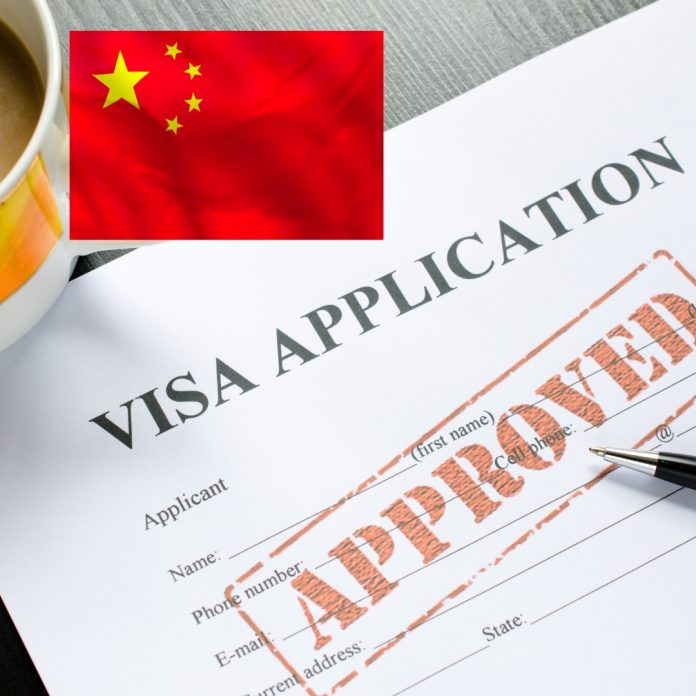Starting October 1, 2025, China will launch a new K Visa designed to welcome talented young professionals from around the world in the fields of science, technology, engineering, and mathematics (STEM).
The initiative reflects China’s growing ambition to position itself as a global leader in innovation, research, and advanced technology, opening new doors for skilled individuals eager to contribute to the country’s rapidly expanding tech ecosystem.
Features:
Visa Name: K Visa
Launch Date: October 1, 2025
Purpose: To attract young foreign professionals in the science and technology fields
Eligibility: STEM graduates, early-career researchers, and entrepreneurs
Employer Requirement: No employer sponsorship required at the application stage
Activities Allowed: Research, education, entrepreneurship, innovation, and exchange
Those Who Can Apply?
Applicants eligible for the K Visa typically include:
| Category | Eligibility Criteria |
|---|---|
| STEM Graduates | Must hold a Bachelor’s degree or higher from a recognized institution. |
| Early-Career Professionals | Should be engaged in research or high-tech industries such as AI, biotechnology, or renewable energy. |
| Entrepreneurs | Must be working in innovation-driven startups or collaborating with Chinese tech hubs. |
| General Requirements | Applicants must meet age limits and academic/professional criteria set by Chinese authorities. |
Why China Introduced the K Visa
The K Visa aligns with China’s national Talent Power Strategy, which recognises science and technology as core drivers of growth and innovation.
Key objectives include:
- Simplifying access for skilled individuals to China’s research and innovation ecosystem.
- Encouraging global collaboration in academic and scientific fields.
- Supporting Chinese innovation hubs with international talent and expertise.
- Strengthening China’s competitive position in the global race for STEM professionals.
What Makes the K Visa Different?
The new K Visa differs from China’s existing visa types (such as Z for work, X for students) in the following ways:
- No employer or university sponsor is required at the time of application, giving applicants greater freedom.
- Supports a wide range of activities: research, entrepreneurship, innovation, exchange, not just employment or study.
- Allows greater flexibility in duration and purpose, especially suited to independent researchers, freelancers, or recent graduates.
Expected Impact and Considerations
- Young scientists and tech professionals gain early-career exposure in China’s dynamic innovation environment.
- Regional tech centres beyond Beijing and Shanghai (such as Shenzhen, Hangzhou, Chengdu, Wuhan) may attract global talent.
- Enhanced collaborations between Chinese and overseas universities, companies, and research institutions.
- Possible return of overseas-based Chinese-origin professionals who wish to work in China temporarily.
Key Challenges:
- Clear definitions are needed: what age, education level, or professional benchmark qualifies as “young talent”?
- Retention strategies must be effective: incentives like startup funding, research grants, and housing support could be vital.
- Balancing openness with security: ensuring innovation access without compromising national security.
- Processing and implementation: application procedures must be transparent, efficient, and applicant-friendly.
China’s introduction of the K Visa marks a significant shift in how the country aims to harness global talent. By providing a flexible platform for young innovators, researchers, and entrepreneurs, without the immediate requirement of a sponsoring employer, China is positioning itself as a global destination for STEM talent.
For students, graduates, and professionals passionate about science, technology, and innovation, this could be a valuable opportunity.
However, the true measure of success will rest on how smoothly the visa process is implemented, how well eligible candidates are supported, and how effectively China balances openness with its strategic priorities.


